Seventy years or eight different decades of the railways are being explored at Locomotion, Shildon, in a new temporary exhibition to celebrate the Queen’s Platinum Jubilee.
The exhibition looks at the links between Queen Elizabeth II’s reign and some of the iconic rail vehicles on display at the museum.
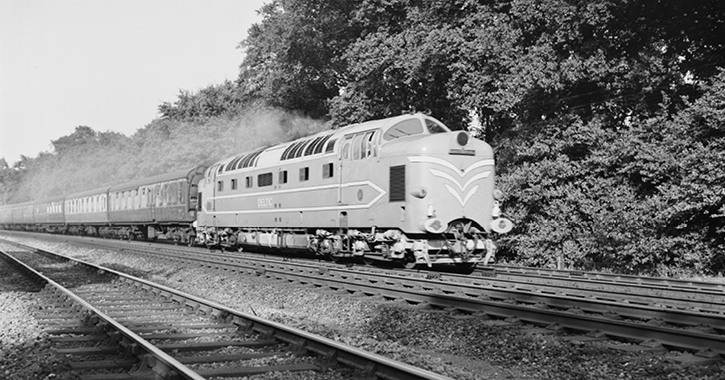
Queen Elizabeth II ascended to the throne at a time of change for Britain’s railways. Steam power had been the driving force of the country for over 100 years, but new ideas were starting to take hold. No vehicle was a better example of this than the English Electric Deltic. Designed in the 1950’s to operate express passenger services, they were the most powerful single-unit diesels in the world, and were still hauling prestige services twenty years later, including a special Silver Jubilee service that ran daily between Edinburgh and King’s Cross.
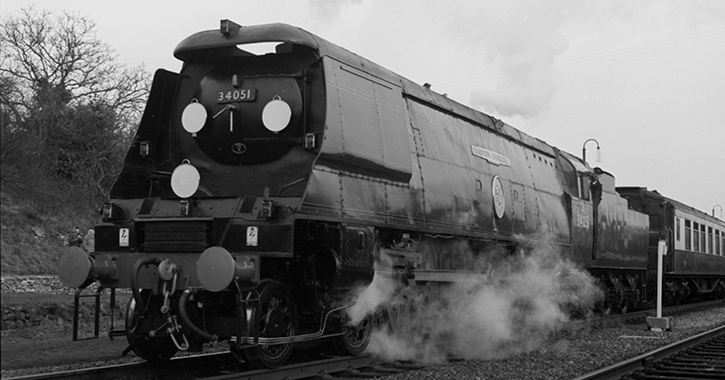
The last hurrah of steam on Britain’s main line passenger services came in the late 1960’s. With the coming of diesel power, and the electrification of other lines, steam locomotives like Winston Churchill found themselves replaced. Churchill was the Queen’s first Prime Minister, and upon his death in 1965 was given a state funeral. The locomotive named for him hauled the train that carried his coffin from Westminster Abbey to Hanborough so that he could be buried in Bladon, next to his parents.
By the 1970’s, Multiple Units like the Class 306 were ubiquitous across much of Britain’s railway network. Cheap to maintain and operate, lightweight, and a bit cleaner than steam power, they moved people efficiently and in great numbers. The class 306 was introduced to the Great Eastern Main Line in 1949, and increased passenger capacity by 25% over the steam trains that preceded them. The Great Eastern line is now a key component of the Elizabeth Line which will carry over 200 million passengers per year. Here at Locomotion you’ll be able to spot our Workshop team hard at work, restoring the 306 with a brand new coat of British Rail blue to match its 1970’s look.
While new vehicles flourished during the Queen’s reign, some found themselves overtaken by the march of progress. Hugely popular when the Queen came to the throne, the Night Ferry service carried passengers overnight from London to Paris, and even to Belgium and Skiing resorts in Switzerland. In the 1980’s the service ceased. The carriages had become dated, and simply couldn’t match the thrill of boarding an aeroplane.
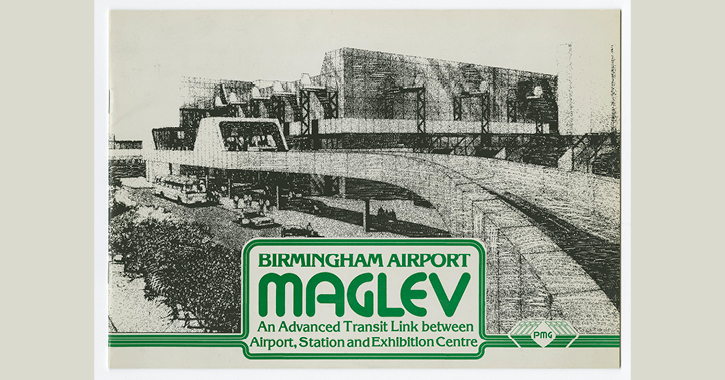
Other vehicles found their working lives cut short for more mundane reasons – including a lack of spare parts! MagLev technology uses powerful magnets to move trains, and some examples can reach 270mph. The world’s first commercial example, the Birmingham Airport MAGLEV, reached a more sedate 26mph, with the Queen as its first passenger. Despite its ground-breaking technology retired in the 1990’s, having operated for only 11 years.
In the 2000’s the National Railway Museum became the proud custodians of the Glasgow built steam locomotive Cape Government No. 390. This vehicle spent its working life in South Africa, where Queen – then Princess – Elizabeth gave a momentous speech on her 21st birthday, declaring that she would devote her whole life to service and to the Commonwealth.
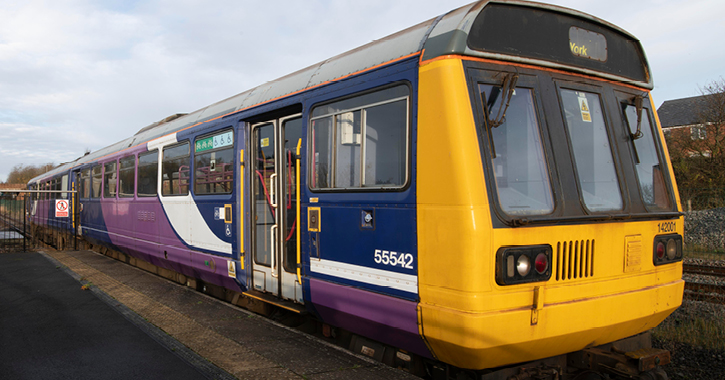
By the 2010’s travellers across the North of England had become extremely familiar with the Class 142 Pacer Multiple Unit. Built using a widened bus body on a simple chassis, these vehicles were cheap to construct and operate, and kept branch lines all around the country open as traffic reduced. Offering little in the way of passenger comfort, it is perhaps surprising that they were built at the same British Railways Works in Derby as the current Royal Train Carriages, and that British Railways Head of Design Athol Hill was also involved in both projects! The first production Pacer became part of the National Collection in 2019.
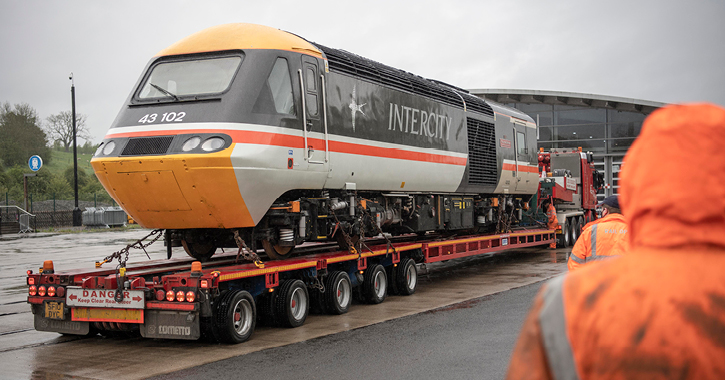
As we move into the 2020’s Britain’s railway network continues to move forwards. The High Speed Train has been an icon since its inception, and provoked keen Royal interest. Prince Phillip travelled on the Prototype High Speed Train, and the Queen was a passenger on the inaugural journey of the intercity 225 service. The Class 43 High Speed Train power car ‘The Journey Shrinker’ broke records when it reached 148.5mph to become the fastest diesel locomotive in the world. It became the latest acquisition of the national collection in 2021, as these stars of the railways move over to allow the latest technology to forge new stories on Britain’s railways.
Both The Journey Shrinker and the prototype High Speed Train are on display at Locomotion.
The Seventy Years of the Railways exhibition will be on display at Locomotion from 28 May to 5 June. You’ll also find a host of fun, free, family learning activities through the May half term holiday, as part of Locomotion’s Jubilee celebrations.
For more information check out Locomotion's Platinum Jubilee Holiday webpage.
Related
Comments
Comments are disabled for this post.



 to add an item to your Itinerary basket.
to add an item to your Itinerary basket.
.png)






